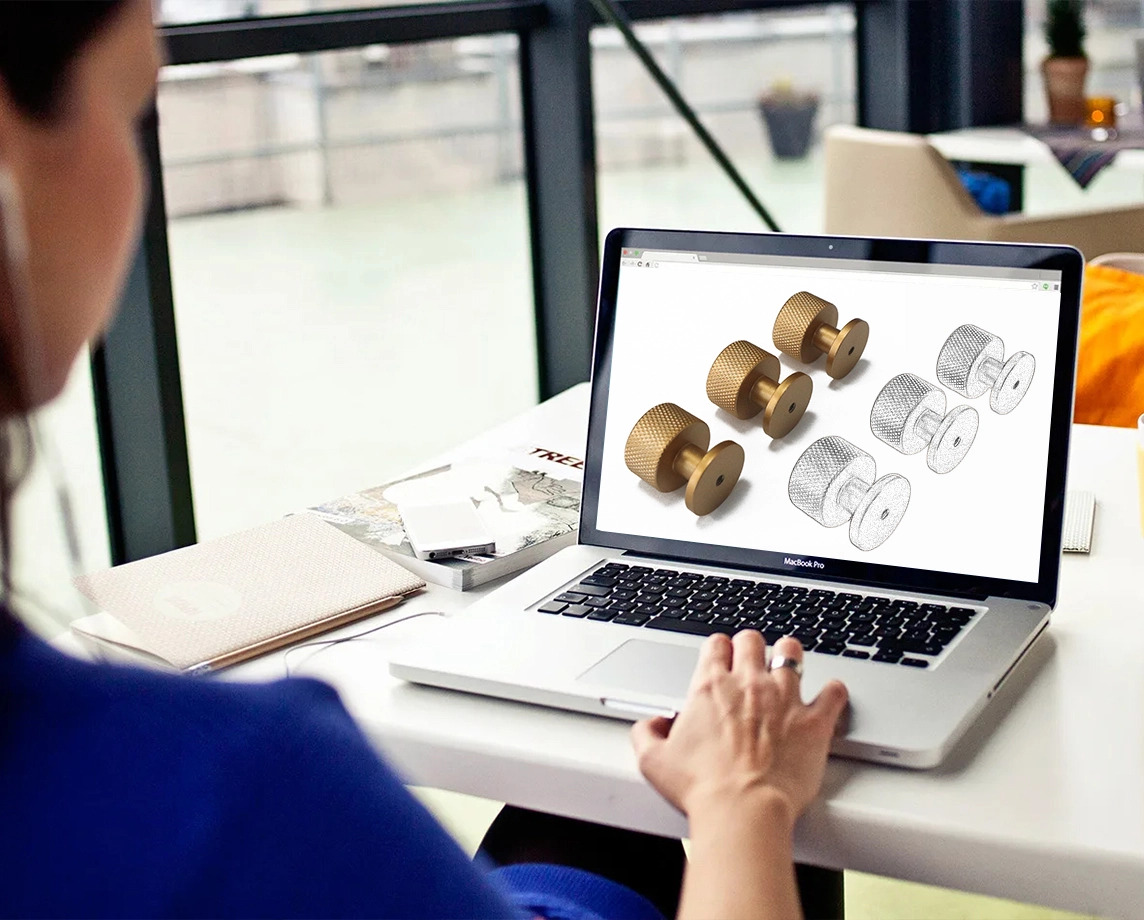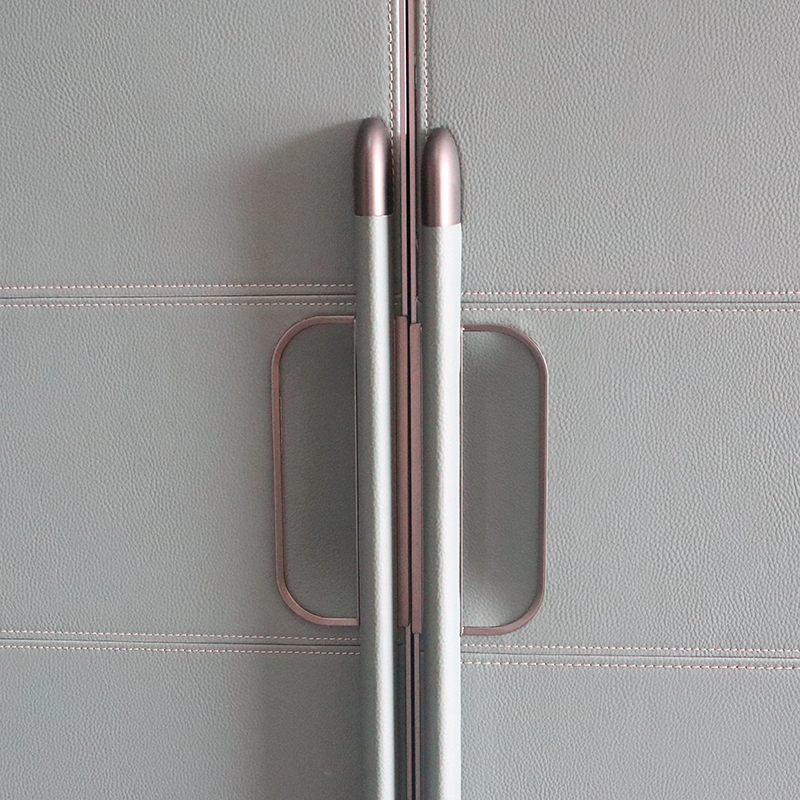Customized Hardware, Showcasing Luxury And Elegance!
We have been a professional hardware handle accessory production factory for 20 years, with one hardware processing factory and two oxidation factories.
Focusing on customized furniture hardware services for 20 years.
Our subsidiary, MEILV HARDWARE, is a specialized factory dedicated to the production of aluminum alloy handles and furniture accessories.
Place your order or to speak with a member of our team about your hardware needs.
We are a leading company in the furniture hardware industry, specializing in the production and distribution of high-quality hardware products. Our extensive product range includes handles, cabinet handles, aluminum alloy glass doors, leather doors, aluminum edge banding, wardrobe stands, clothes rods, and integrated door-wall systems.
In addition to our wide selection of products, we take pride in offering comprehensive services to meet our customers' diverse needs. Our services include:
Initial Consultation
✔ The customer contacts your factory with their custom product requirements.
✔ A dedicated sales representative or customer service agent gathers information about the customer's needs, preferences, and specifications.
✔ They may ask for details such as product dimensions, materials, finishes, design preferences, and quantity.


Design And Proposal
✔ Based on the customer's requirements, your design team creates customized product designs or modifies existing designs.
✔ They present design options and provide a detailed proposal, including cost estimates, production timelines, and any special considerations.
✔ The proposal may include 2D or 3D renderings, sketches, or samples to help the customer visualize the final product.
about DSTPEL
DSTPEL is a well-established and renowned furniture hardware manufacturing group with a rich history and years of experience. Our subsidiary, MEILV HARDWARE, is a specialized factory dedicated to the production of aluminum alloy handles, cabinet handles and furniture accessories.
We take pride in delivering top-quality products and services that provide an exceptional experience to our customers.
With 20+ years of experience
Professional production staff

Gratitude for the Past, Anticipation for the Future
2024-01-03

These exquisite and meticulously crafted DSTPEL pieces transcend their functional role, transforming cabinets into works of art and interior spaces into expressions of sophistication. Let\\\'s delve into the world of luxury cabinet
2023-11-02

Choosing the Right Material for Cabinet Handles: A Guide to Elevating Your Décor When it comes to home décor, even the smallest details can make a significant impact. Cabinet handles, often
2023-10-17

In the world of metal hardware manufacturing, durability and resilience are paramount. DSTPEL, a leading name in the industry, takes pride in producing top-quality aluminum alloy hardware products that can withstand the test of time. A crucial part of our commitment to excellence is the rigorous Salt Spray Testing (SST) that our products
2023-10-14
Please feel free to contact us if you have a question or just want to say hallo!